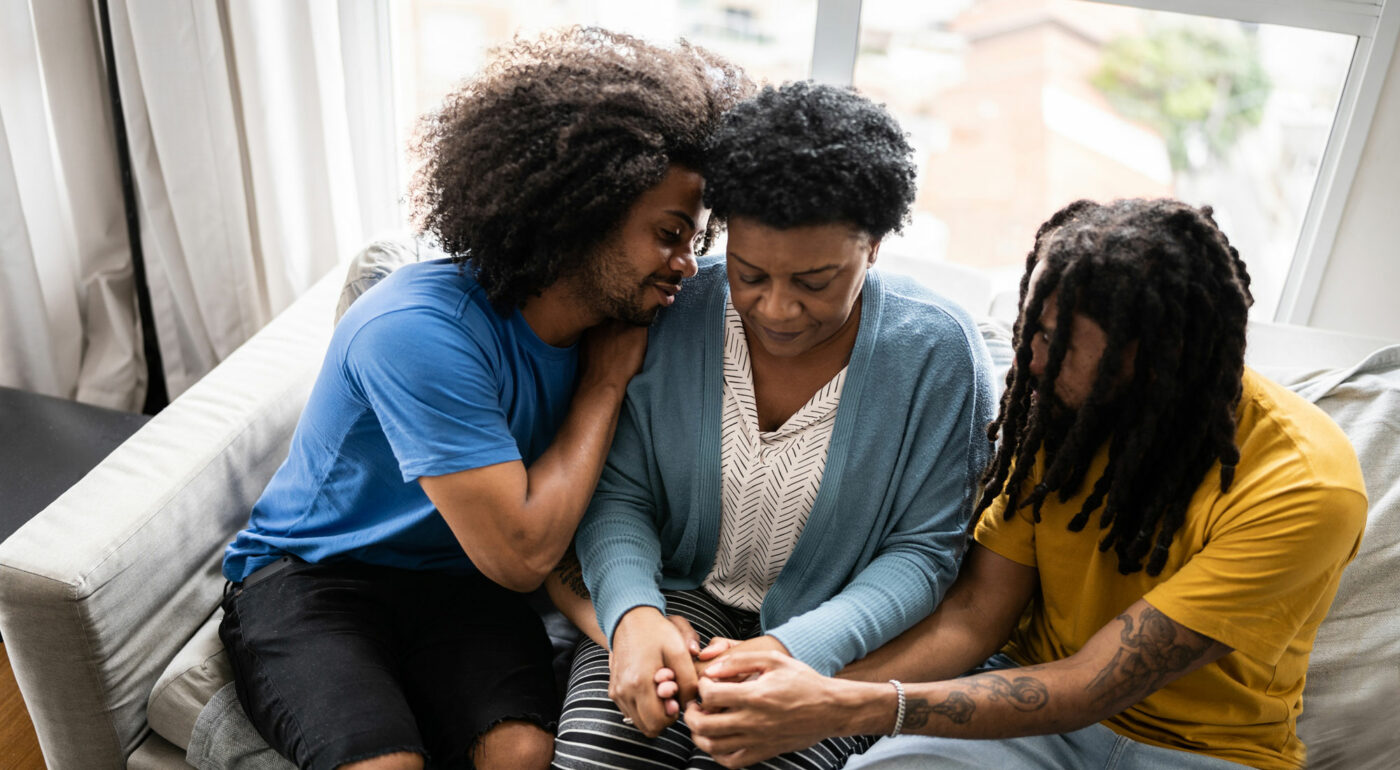By Anna McKenzie
Grief is a natural response to loss, and each person’s experience of grief may be different. However, for those who experience life-disrupting grief that doesn’t settle over time, treatment may be integral to resolving their condition. The DSM-5 calls this prolonged grief disorder (PGD), and it happens when a person is grieving the loss of a loved one to the extent that it interrupts their daily functioning for more than 12 months.
What Is Prolonged Grief Disorder?
Listed as a condition in the DSM-5, prolonged grief disorder is the experience of chronic, life-disrupting, pathological grief after the death of a loved one. It is diagnosed after 12 months in adults and after 6 months in children and adolescents. Prolonged grief disorder exceeds cultural and social norms for grief, is marked by its intensity, and has symptoms that can’t be accounted for by other mental health conditions.
Prolonged grief disorder exceeds cultural and social norms for grief, is marked by its intensity, and has symptoms that can’t be accounted for by other mental health conditions.
The experience of grief has become more common thanks to the COVID-19 pandemic, which resulted in millions of deaths worldwide. Many of these losses came about in a way that was shocking and sudden to loved ones. The virus respected no class, creed, age, or health status. Some individuals lost multiple family members; some children became orphans.
Suffering caused by COVID-19, in addition to worldwide events such as natural disasters and warfare, have made PGD more prevalent and more appropriate to add to the DSM-5. Prolonged grief disorder is a new addition as of March 2022, though research on the condition has existed since the 1990s.
Prolonged Grief Disorder Symptoms
The American Psychiatric Association (APA) lists the following as prolonged grief disorder symptoms:
- Feeling as though part of oneself has died
- Marked sense of disbelief about the death
- Avoidance of reminders that the person has passed
- Intense emotional pain related to the death
- Difficulty moving on with life
- Emotional numbness
- Feeling that life is meaningless
- Intense loneliness
The ongoing and extreme nature of these symptoms are hallmarks of PGD. While most grief responses start to wane around the six-month mark, a person with PGD will feel a complete inability to move on with life. Their physical, emotional, and mental health may decline considerably, resulting in chronic issues and persistent pain. About one in 10 people experiencing grief due to a lost loved one may develop PGD.
While most grief responses start to wane around the six-month mark, a person with PGD will feel a complete inability to move on with life.
How Is Prolonged Grief Disorder Treated?
Is there treatment for prolonged grief disorder? While medical treatments may be developed for PGD, treatment professionals have found that cognitive behavioral therapy (CBT) and exposure therapy can reduce symptoms of intense, pathological grief.
During CBT, patients are guided through exercises that build their reasoning skills related to the objects of their fear and anxiety. CBT allows them to take an objective perspective and make tangible progress in the way they contemplate and process distressing thoughts and feelings.
In exposure therapy, patients talk through their experiences with a professional therapist in order to process the distressing thoughts and feelings out loud with a trusted person. The benefit of exposure therapy is getting painful memories “out in the open” where they can be better understood, acknowledged, and resolved.

A combination of CBT and exposure therapy worked better than CBT alone in one study of patients with PGD. Treating PGD is important so that the bereaved person can begin functioning again and recovering their livelihood.
Leaving PGD untreated may result in greater physical, emotional, and mental health issues. Individuals experiencing grief may turn to substances to self-medicate or find unhealthy ways to deal with their pain. They may also suffer from an overall decline in health and a lack of motivation to live or support themselves. But with the proper intervention and treatment, people with PGD can find healing and recover their sense of self again.
How to Cope with Grief
Here are a few healthy ways to cope with the experience of grief:
- Talk to a trusted friend or therapist
Isolation, bottling things up, and compartmentalizing your grief can make it worse, not better. Reach out to a trusted friend, or process your feelings with a therapist.
- Join a support group
Participating in a support group can help you feel connected and much less alone in your pain. You’ll hear the stories of others, gain perspective, and get support for tough days.
- Engage in new activities
Taking nature walks, participating in yoga or meditation, getting involved in an exercise program, or picking up a new hobby (art, gardening, fishing, woodworking, etc.) can help engage your mind and body in fulfilling ways.
Movement, mental stimulation, and connecting with others can be effective ways to cope with the experience of grief. If you find that your grief continues to be extreme, disrupting your daily life on an ongoing basis and causing deep, persistent pain, reach out to a treatment professional.
Help for PGD and Addiction at The Meadows Texas
If you or a loved one is struggling with PGD and addiction, or other mental health disorders, contact our team at The Meadows Texas today. Our evidence-based treatment approaches and research-backed programs can help you heal from extreme grief and debilitating behavioral health conditions. We would love to help you get started on the journey to recovering your sense of self. Talk to us today to learn more.

